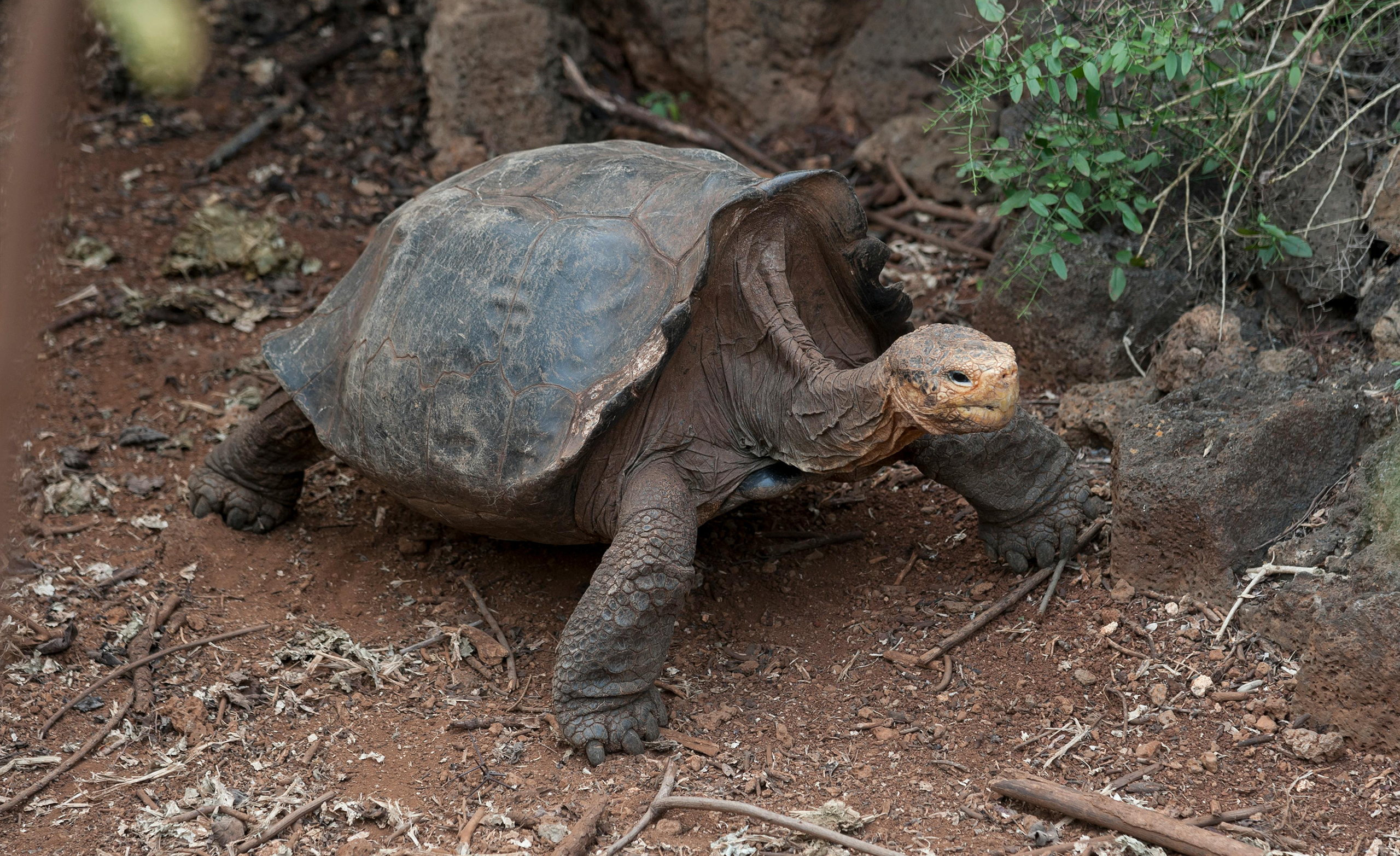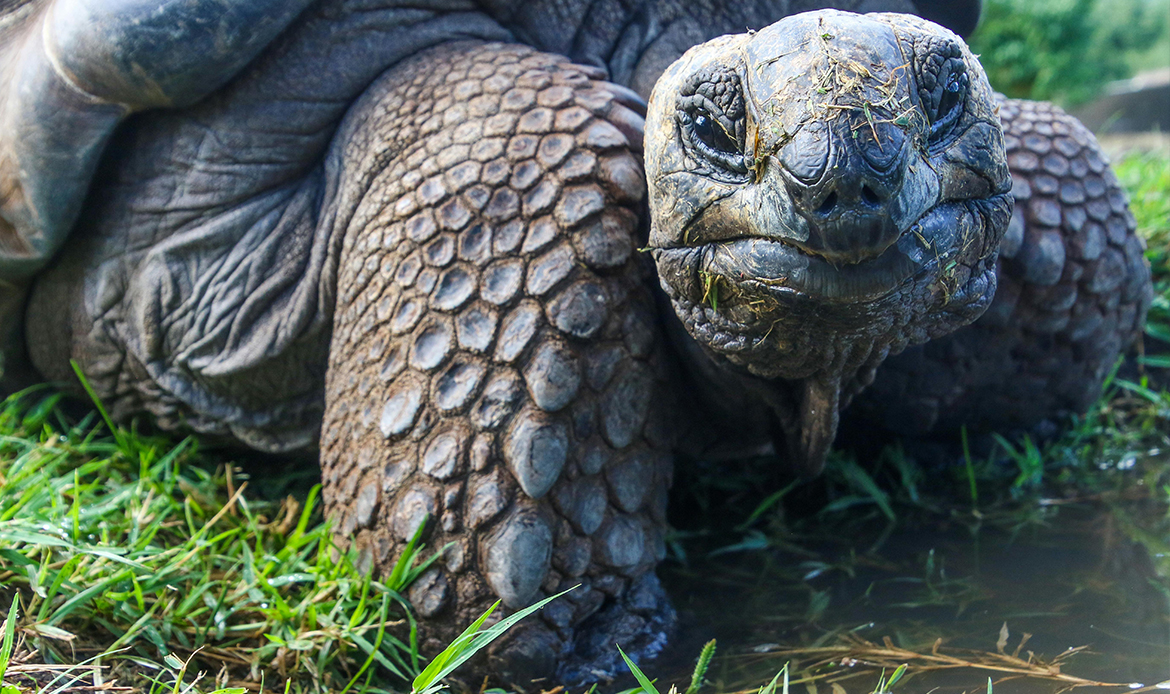
Echoes of Evolution: The Importance of Protecting the Galapagos Giant Tortoise
Nestled in the heart of the Pacific Ocean, the Galapagos Islands are home to a remarkable creature that has stood the test of time—the Galapagos Giant Tortoise. As one of the most iconic species on the planet, these tortoises are not only a marvel of nature but also a crucial component of the islands’ ecosystem. The Galapagos Giant Tortoise, with its slow and deliberate movements, embodies the very essence of natural history and evolution. Protecting these magnificent creatures is paramount, not just for their survival but for the preservation of the ecological balance and heritage of the Galapagos Islands.
The Legacy of the Galapagos Giant Tortoise
The Galapagos Giant Tortoise has a storied history that dates back millions of years. These ancient reptiles are among the longest-living vertebrates, with some individuals reaching over 100 years of age. Their evolutionary journey has been nothing short of extraordinary, with the tortoises adapting to the unique environments of each island in the Galapagos archipelago. This adaptive radiation has resulted in distinct subspecies of tortoises, each with specific traits suited to their respective habitats.
The Role of the Galapagos Giant Tortoise in the Ecosystem
The Galapagos Giant Tortoise plays a vital role in maintaining the health and balance of the island ecosystems. As herbivores, they graze on a variety of vegetation, including grasses, cacti, and fruit. This grazing helps regulate plant growth and prevent overdominance of certain species, promoting biodiversity. Furthermore, their movements across the islands facilitate seed dispersal, aiding in the regeneration of plant life.
In addition to their ecological contributions, these tortoises are also cultural and scientific symbols. They were instrumental in shaping Charles Darwin’s theory of evolution by natural selection, serving as living evidence of adaptation and speciation. The Galapagos Giant Tortoise continues to be a focal point for scientific research, offering insights into genetics, longevity, and conservation biology.
Threats to the Galapagos Giant Tortoise
Despite their resilience and significance, the Galapagos Giant Tortoise faces numerous threats that jeopardize their future. Habitat destruction, primarily due to human activities, poses a significant risk. The expansion of agriculture, tourism, and infrastructure development has led to the degradation and fragmentation of their natural habitats.
Another major threat is the introduction of invasive species. Animals such as rats, cats, and dogs, introduced by humans, prey on tortoise eggs and young hatchlings, drastically reducing their survival rates. Additionally, invasive plants compete with native vegetation, altering the food availability for tortoises.
Illegal poaching and wildlife trafficking also threaten the Galapagos Giant Tortoise. Despite legal protections, these majestic creatures are still targeted for their shells and meat, leading to population declines. Climate change adds another layer of complexity, affecting the availability of food and nesting sites, and altering the delicate balance of the island ecosystems.

Conservation Efforts and Success Stories
Recognizing the critical need to protect the Galapagos Giant Tortoise, various conservation programs have been implemented. These initiatives focus on habitat restoration, captive breeding, and the eradication of invasive species.
Habitat Restoration: Efforts to restore and protect tortoise habitats involve reforestation, controlling invasive species, and creating protected areas. These actions help ensure that tortoises have access to safe and sustainable environments.
Captive Breeding Programs: Captive breeding and reintroduction programs have been successful in increasing tortoise populations. These programs involve breeding tortoises in controlled environments and releasing them into the wild once they reach a certain age and size, improving their chances of survival.
Invasive Species Eradication: Removing invasive species from the islands is a crucial aspect of conservation. This involves extensive efforts to control or eliminate non-native animals and plants, allowing native species to thrive.
Community Involvement and Education: Engaging local communities and raising awareness about the importance of protecting the Galapagos Giant Tortoise is essential. Educational programs and ecotourism initiatives provide economic incentives for conservation and encourage sustainable practices.
The Role of Technology in Conservation
Modern technology has also played a significant role in the conservation of the Galapagos Giant Tortoise. Satellite tracking devices allow researchers to monitor the movements and behaviors of tortoises in real-time, providing valuable data that informs conservation strategies. Genetic studies help scientists understand the genetic diversity and health of tortoise populations, guiding breeding and reintroduction efforts. Additionally, drones and remote sensing technologies aid in habitat assessment and invasive species control.
The Future of the Galapagos Giant Tortoise
The future of the Galapagos Giant Tortoise depends on our collective efforts to address the threats they face. Continued support for conservation programs, stricter enforcement of wildlife protection laws, and global awareness are critical to ensuring the survival of these remarkable creatures. By protecting the Galapagos Giant Tortoise, we not only preserve a unique species but also safeguard the ecological integrity and evolutionary legacy of the Galapagos Islands.
Conclusion
The Galapagos Giant Tortoise stands as a testament to the wonders of evolution and the delicate balance of ecosystems. Their survival is intertwined with the health of the Galapagos Islands, making their protection a priority for conservationists and nature enthusiasts alike. Through dedicated efforts and innovative approaches, we can ensure that the echoes of evolution continue to resonate through the presence of the Galapagos Giant Tortoise in the wild.
